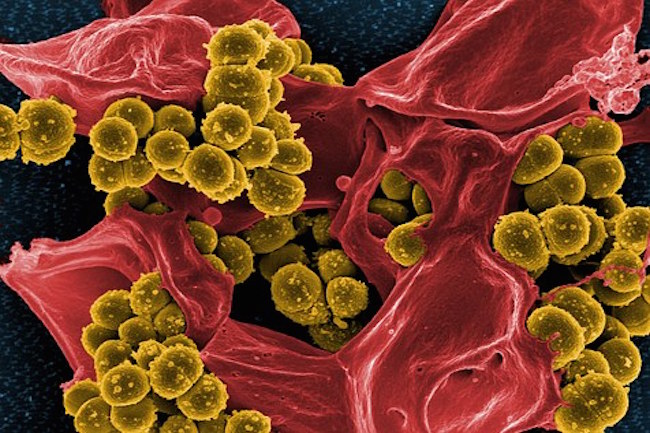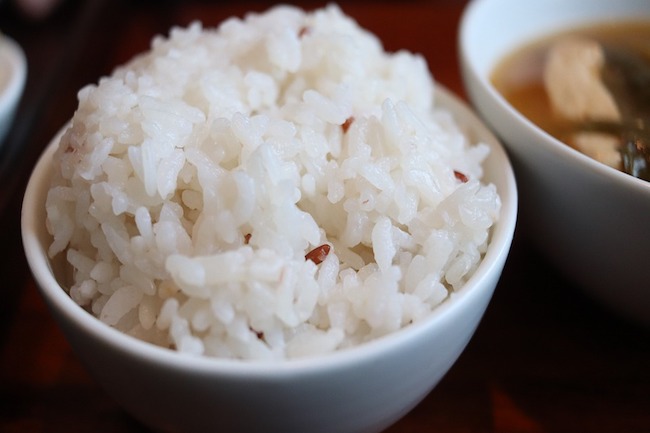5 Simple Pieces of LIFESAVING Medical Knowledge By BCE for The Organic Prepper
There is almost a preparedness fixation with gunshot wounds and having sachets of quick-clot in your first aid kit. But in terms of bang for your buck, there other things which are frequently overlooked and very under-rated that much more likely to be life-saving than your hemostatic agent.
Use soap and water to wash your hands.
This to me something that seems so incredibly simple and but it seems lost completely on some. Can you honestly say you have never forgotten to wash your hands after going for a poo?
It is almost unanimously accepted that the understanding of microorganisms spreading infectious disease and the connection that hand washing substantially reduces transmission of disease has been the single most important advance in medicine ever.
Simply forgetting once to wash your hands can result in transferring bacteria from your hands to food, your mouth, or into others’ wounds (if you are caring for them) and exposing them or you to a potentially fatal infection.
While the use of soap is important – the action that is most important is the friction of the rubbing of the hands combined with the water washing the bacteria away. So even in the absence of soap, there is still real value to hand washing (and drying – removing the bacteria containing water).
Drink clean water.
This goes hand in hand with (1) – germ theory explains why you need to be extremely important with your drinking water.
No matter how thirsty you are, taking the time to ensure the purity of water is vital – regardless if it is filtration, chemical sterilization, or boiling, it is time worth taking. While you may get away with it 9/10 or 49/50 the risk isn’t worth it, especially in a grid down situation where a serious gastrointestinal infection can be fatal.
Learn how to open an airway and position a patient.
If you are unconscious (regardless of the cause) you are in significant risk of obstructing your airway. Every day people die due to hypoxic brain injury which has been caused by them being knocked unconscious (in car accidents, while playing a sport or falling from a height or collapsing due to a medical problem) and obstructing their airway.
Simply opening their airway with a slight head tilt and lifting their jaw forward and then placing them on their side can be life and brain-saving.
Here’s how to apply direct pressure to stop bleeding.
Quick-clot is great. Tourniquets are great. Israeli Bandages are great.
But for 95% of wounds you are likely to encounter in an SHTF situation, the direct application of firm pressure to the site of bleeding (be it arterial, venous or capillary) for 10-15 minutes will usually result in the cessation of bleeding.
The human body is a wonderful thing – if a blood vessel is damaged we have been designed to patch the hole. When a break in the integrity of the blood vessel occurs, immediately platelets in the blood start attaching to the hole to try and cover it over and clotting factors in the blood are attracted to the site and clot forms. For small wounds, this process doesn’t need any help and if you do absolutely nothing it will stop bleeding over a few minutes. Bigger wounds need some help and direct pressure compressing the vessels wall and slowing the bleeding helps while the process can occur. This is also where hemostatic agents also work by improving or encouraging the clot, but for the clear majority of patients firm, direct pressure is all that is required.
The pressure needs to be precise and focused. But even arterial injuries can be managed with focal direct pressure. Tourniquets and hemostatic compounds can have a role – but direct pressure is usually the lifesaving act.
Some wounds (think. Traumatic amputation or a big destructive wound caused by a .308) aren’t as easily dealt with. But for most the wounds you deal with direct pressure at the site of bleeding will stop it.
Don’t throw out your compression bandages or tourniquets but also understand that 95% of wounds will not require them and potentially matters can be made worse by using them first and neglecting basic dressings and direct pressure.
Even for bigger wounds, if there is an area of heavy bleeding within it, focal direct pressure on the area of heavy bleeding, can be very effective.
Oral Rehydration Formula (ORT) can save a life.
Sick and injured people often feel nauseous and are reluctant to drink. In response to the sickness or injury, their gut is often sluggish and not working as well as normal. Hence the reluctance to give oral fluids and why we default to IV fluids frequently.
ORT is a good way of delivering fluid and electrolytes and it uses the body’s own special pumps within the bowel to absorb these. But it isn’t widely used due to the above problems – if you give the patient a big glass to drink they will vomit it up or it will distend their stomach and not go anywhere.
The trick is small amounts often. Five mls every 2-3 minutes = 150mls an hour = 1.5 Litres in 10 hours – a reasonable volume. It is labor-intensive, but if you have no alternative it works. This approach has been demonstrated to work in moderate to severe dehydration, shock due to blood loss and in patients with severe burns (up to 20-30%). If you have an anti-emetic (an anti-nausea drug) you can give the patients one of these first and this method is more effective still – but even if you don’t – it is a good way to fluid resuscitate people who are moderately dehydrated or shocked.
Who I am
My background is as an acute critical care doctor who has worked and taught extensively around austere medicine and medicine in remote environments for nearly 30 years and I have been writing about survival medicine for 20 years now. What I write is always just my own opinions and ideas and you are welcome to not agree with me or think I am completely mad.
Some of the things I teach and write about aren’t best practices in the modern world of medicine – but they are safe and pragmatic approaches to often-complex problems. Any comments and ideas are put forward purely for interest and education and I wouldn’t expect you to take anything I say as gospel and you must verify medical facts for yourself, but hopefully, some of what I post will be useful and point you in the right direction.
About the Author
BCE is a Critical Care doctor who has 25 years’ experience in pre-hospital, remote and austere medicine. He has been a prepper/survivalist for even longer and pessimistically thinks a grid-down long-term collapse is not far away. He is passionate about improving medical knowledge within the prepper community and he is currently working on a book about truly primitive medicine and improvisation. He lives somewhere south of the equator on a Doomstead in a (hopefully) quiet isolated part of the world.
He helped write and edit the book “Survival and Austere Medicine” which is available for free download at https://www.ausprep.org/manuals and from a number of other sites and for purchase (at cost) from Lulu at http://www.lulu.com/shop/search.ep?contributorId=1550817




